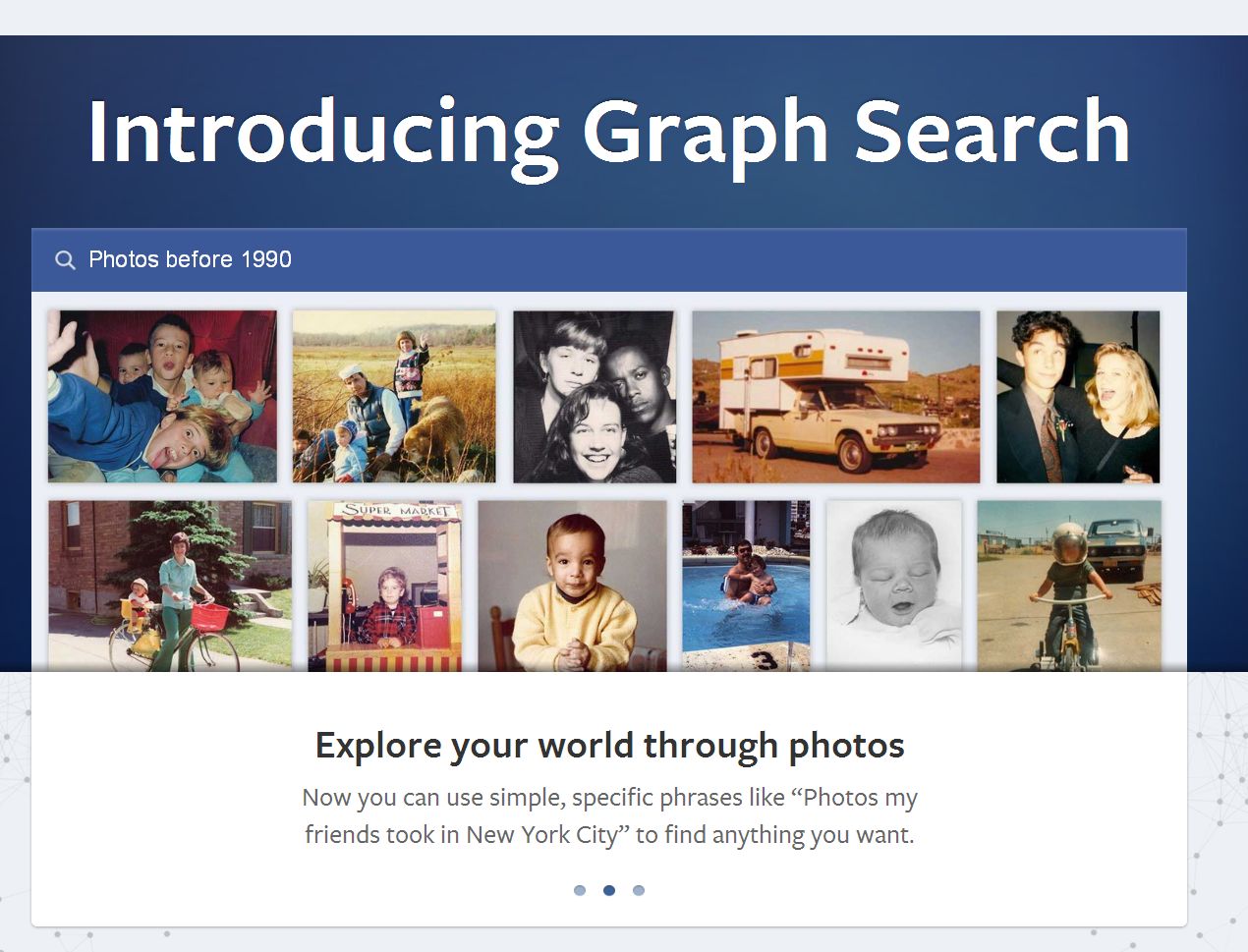Engineers at Facebook finally unveiled the technical underpinnings for its Graph Search Function. The Facebook Graph Search function basically relates individuals or people registered on Facebook with unique IDs in numeric format.
Subsequently, Facebook has mapped places, things and other related tags with unique IDs. However, Facebook engineers have a lot more back-end work to do in this regard. This past Wednesday, Facebook engineers gave more details for their Graph Search Function. They told that currently they are using Unicorn as the basic software for Graph Search Function to work.
The primary task of assigning unique IDs to Facebook users is done by Unicorn. Now the way Facebook engineers map IDs to users and related tags is somewhat as following:
- A fictitious person, lets say John Smith is assigned a Facebook ID: 10002
- John’s home location, lets say, California is mapped: 1111
- A television show, lets say American Idol liked by John on Facebook is mapped as: 77
So friends of John will be mapped as friend:10002 and among those friends, who live in California will be mapped as lives-in:1111. Among those friends who live in California and like American Idol, will be mapped as “live at like:77”.
In a nut-shell, putting all three together, our search will return with result for John’s friends who live in California and like American Idol. The key aspect in this entire search functionality is maintaining sequence in each string. For now, Facebook engineers would want to automate as many tags as possible, which may include locations, friends, other friends a user may know, likes, and maybe several activities.
This future process can get highly complicated as an internal analytic result by Facebook revealed that daily new likes by global users can soar up to 2.7 billion. At this rate, the mapped IDs will certainly grow at a mind blowing rate in subsequently, the strings will get prolonged.


